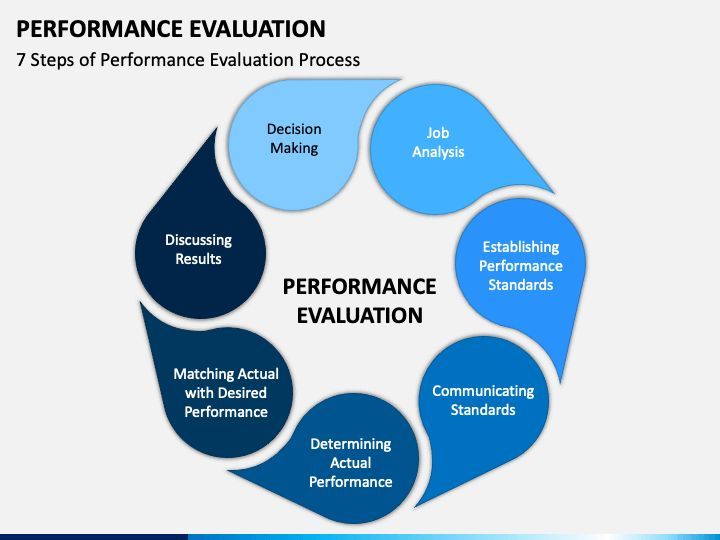Why Polygon Annotation Is Critical for Image Segmentation Tasks

Introduction
Image segmentation forms the backbone of modern computer vision. By classifying each pixel within an image, it allows machines to interpret visual data with greater depth and context. From edge-case analysis in urban mobility to complex video datasets for government or research purposes, the role of polygon annotation has become essential. It allows annotators to draw precise contours around irregularly shaped objects, enabling machine learning models to learn from the most relevant data.
In this article, we explore why polygon annotation is indispensable in segmentation tasks, especially within sectors that require scalability, precision, and a high standard of data integrity.
What Is Polygon Annotation?
Polygon annotation is a data labeling technique that involves drawing shapes around objects of interest using multiple points to create tight, object-specific boundaries. Unlike basic bounding boxes, which provide only rough estimations of an object’s dimensions, polygon annotation captures the exact outline—whether curved, complex, or segmented.
For applications involving detailed object recognition, polygon annotation enables pixel-level precision, making it an optimal choice for training vision models with minimal background noise.
The Role of Polygon Annotation in Complex AI Training
In fields such as autonomous mobility, video surveillance, and public infrastructure analysis, models must process large volumes of visual data with extreme accuracy. Segmenting images using polygon annotation ensures that models not only identify an object but also understand its exact shape and position within a scene.
For example, distinguishing between overlapping vehicles in crowded intersections or recognizing road barriers in night-time footage demands more than a generic bounding box—it requires high-definition spatial understanding that only polygon annotation can provide.
Annotators also frequently use this method to label frames in video sequences for computer vision systems that operate in real-time or across dynamic scenes.
Why It Matters for Scalable AI Projects
In large-scale AI initiatives, especially those involving thousands of hours of footage or satellite data, even a small annotation error can compound into major inaccuracies. This is especially true in sectors where safety, public accountability, or operational efficiency is at stake.
Polygon annotation delivers consistency and detail, even when datasets include highly variable environments or unusual object shapes. Specialized annotation teams support the process by following strict guidelines and conducting multiple rounds of quality control, maintaining the reliability of even high-volume datasets.
These qualities make polygon annotation ideal for organizations tackling complex projects across transportation, civic analysis, and policy research.
Applications in Autonomous Systems and Government Projects
One of the most impactful domains where polygon annotation applies is autonomous mobility. In this space, machine learning models must identify road signs, curbs, pedestrians, and obstacles with extreme accuracy to ensure safe navigation. High-quality annotations enable these systems to learn how to respond appropriately in complex, real-world environments.
This is especially relevant in the context of addressing challenges in scaling autonomous fleet operations. As fleets expand across cities and geographies, training data must adapt to new lighting, layouts, and unexpected edge cases—making precise segmentation via polygon annotation even more valuable.
Beyond mobility, government and research institutions rely on polygon-based labeling to support datasets for smart city planning, infrastructure analysis, and behavioral pattern recognition. These projects often involve large quantities of surveillance or drone footage that annotators meticulously label to extract usable intelligence.
The Importance of Human-in-the-Loop Annotation
While automated labeling tools have improved, they still fall short when it comes to handling ambiguous, low-quality, or edge-case data. Human annotators remain critical in these scenarios, especially when working on culturally diverse or policy-sensitive datasets.
By incorporating human-in-the-loop strategies, organizations benefit from subject-matter expertise and real-time validation—two pillars of high-quality training data. These teams often specialize in complex annotation tasks such as video labeling, temporal segmentation, and custom ontology management.
The value of human involvement also extends to developing responsible and fair AI. For example, in evaluating Gen AI models for accuracy, safety, and fairness, human reviewers play a central role in identifying biased outputs, edge-case failures, and unintended consequences, using well-annotated datasets as their foundation.
Advantages of Polygon Annotation in These Contexts
- Higher Accuracy: Detailed segmentation allows AI models to learn more precise visual distinctions.
- Scalability: Polygon annotation workflows can be scaled across thousands of images with strong quality controls.
- Flexibility: Applicable across image and video formats, polygon annotation supports static and dynamic data analysis.
- Custom Ontology Integration: It allows teams to define and annotate custom object classes with specific boundaries.
These advantages contribute to developing AI that not only performs well but is also robust and contextually aware.
Conclusion
In the landscape of machine learning and computer vision, the quality of training data determines a model’s performance. Polygon annotation offers one of the most accurate and adaptable methods for segmenting complex visual inputs. Whether powering autonomous systems or supporting government intelligence programs, this technique grounds AI in well-defined, human-verified data.
As organizations work toward building scalable, fair, and safe AI solutions, polygon annotation will continue to play a vital role—not just in enabling machines to “see,” but in helping them understand.




